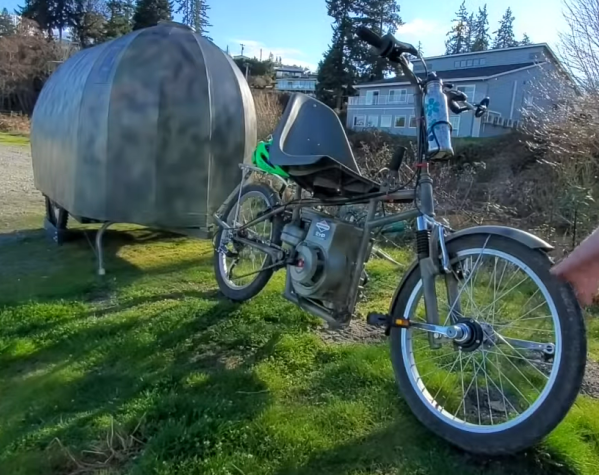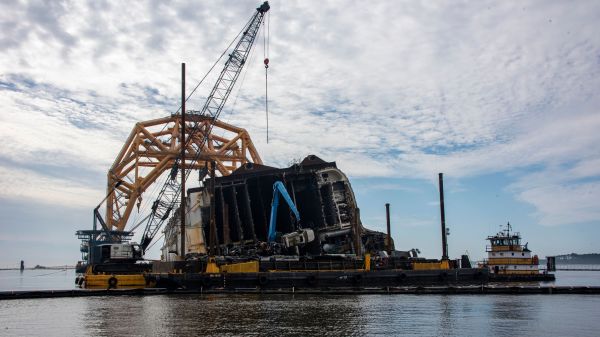For a lot of electrical and mechanical machines, there are nominal and peak ratings for energy output or input. If you’re in marketing or advertising, you’ll typically look at the peak rating and move on with your day. But engineers need to know that most things can only operate long term at a fraction of this peak rating, whether it’s a power supply in a computer, a controller on an ebike, or the converter on a wind turbine. But this electric motor system has a unique cooling setup allowing it to function at nearly full peak rating for an unlimited amount of time.
The motor, called the Super Continuous Torque motor built by German automotive manufacturer Mahle is capable of 92% of its peak output power thanks to a unique oil cooling system which is able to remove heat and a rapid rate. Heat is the major limiter for machines like this; typically when operating at a peak rating a motor would need to reduce power output to cool down so that major components don’t start melting or otherwise failing. Given that the largest of these motors have output power ratings of around 700 horsepower, that’s quite an impressive benchmark.
The motor is meant for use in passenger vehicles but also tractor-trailer style trucks, where a motor able to operate at its peak rating would mean a smaller size motor or less weight or both, making them easier to fit into the space available as well as being more economically viable. Mahle is reporting that these motors are ready for production so we should be seeing them help ease the transportation industry into electrification. If you’re more concerned about range than output power, though, there’s a solution there as well so you don’t have to be stuck behind the times with fossil fuels forever.
Thanks to [john] for the tip!

















